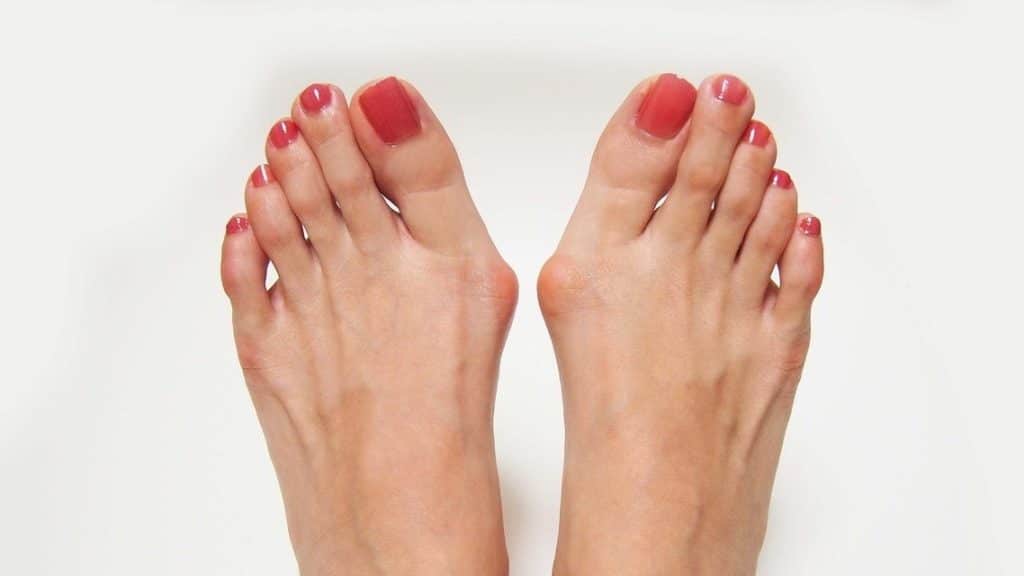A bony bump at the base of your big toe may be a bunion, a common condition that affects millions and disrupts daily comfort and mobility. This article covers the causes of bunions, key symptoms to watch for, and when to seek professional help. Understanding these factors can help you make informed decisions about managing your foot health.
What Are Bunions?
Hallux valgus, more commonly referred to as bunions, are bony protrusions that develop at the joint where your big toe meets your foot. This bump forms when the big toe gradually shifts toward the other toes, causing the joint to stick out. The medical term “hallux valgus” literally means “big toe turned outward.”
The condition involves more than just a simple bump. As the big toe moves out of its normal position, it affects the alignment of other toes and change how you walk. This misalignment can create additional pressure points and discomfort throughout your foot.
What Causes Bunions?
Your family history plays a significant role in bunion development. If your parents or grandparents had bunions, you may be more likely to develop them too. Genetics determines the structure of your feet, and inherited foot shapes like flat feet or flexible joints can increase your risk. These foot structures make you more prone to the gradual shifting of the big toe joint that leads to bunions.
The shoes you wear are another factor. Tight-fitting shoes, high heels, and narrow toe boxes put pressure on your toes. Over time, this pressure pushes them out of alignment. High heels are especially problematic because they shift your weight onto your toes, increasing stress on the big toe joint. If you’re genetically predisposed to bunions, wearing shoes that crowd your toes can speed up their development.
Certain foot conditions and aging also play a role. Flat feet and overpronation can change how weight is distributed across your foot. This puts extra stress on the big toe joint and may lead to bunion formation. As you age, reduced flexibility in ligaments and tendons, along with arthritis or natural changes in foot shape, can make bunions more likely.
What Are the Symptoms of Bunions?
The most obvious sign of a bunion is the visible bump at the base of your big toe. This bump typically develops gradually and becomes more pronounced over time. You may notice your big toe angling toward the other toes. As the condition progresses, your foot’s overall shape may change. Key symptoms of bunions include:
- A visible bump at the base of the big toe
- Redness, swelling, or tenderness
- Pain or discomfort
- Stiffness in the big toe joint
- Difficulty finding comfortable footwear
- Altered walking patterns
Over time, bunions can affect your balance, agility, and overall stability, making some activities more challenging. They may also lead to gait adjustments to avoid pressure on the affected area and further strain on other joints and muscles. If you notice these symptoms, it’s often beneficial to seek treatment to manage discomfort and prevent further complications..
How Can You Take Steps Forward?
Understanding bunions and their symptoms is key to making decisions about your foot health. If you suspect a bunion, choose proper footwear and monitor changes in foot comfort. Addressing it early typcially makes a big difference. Working with healthcare professionals can help you create a personalized plan to support your foot health and quality of life.







